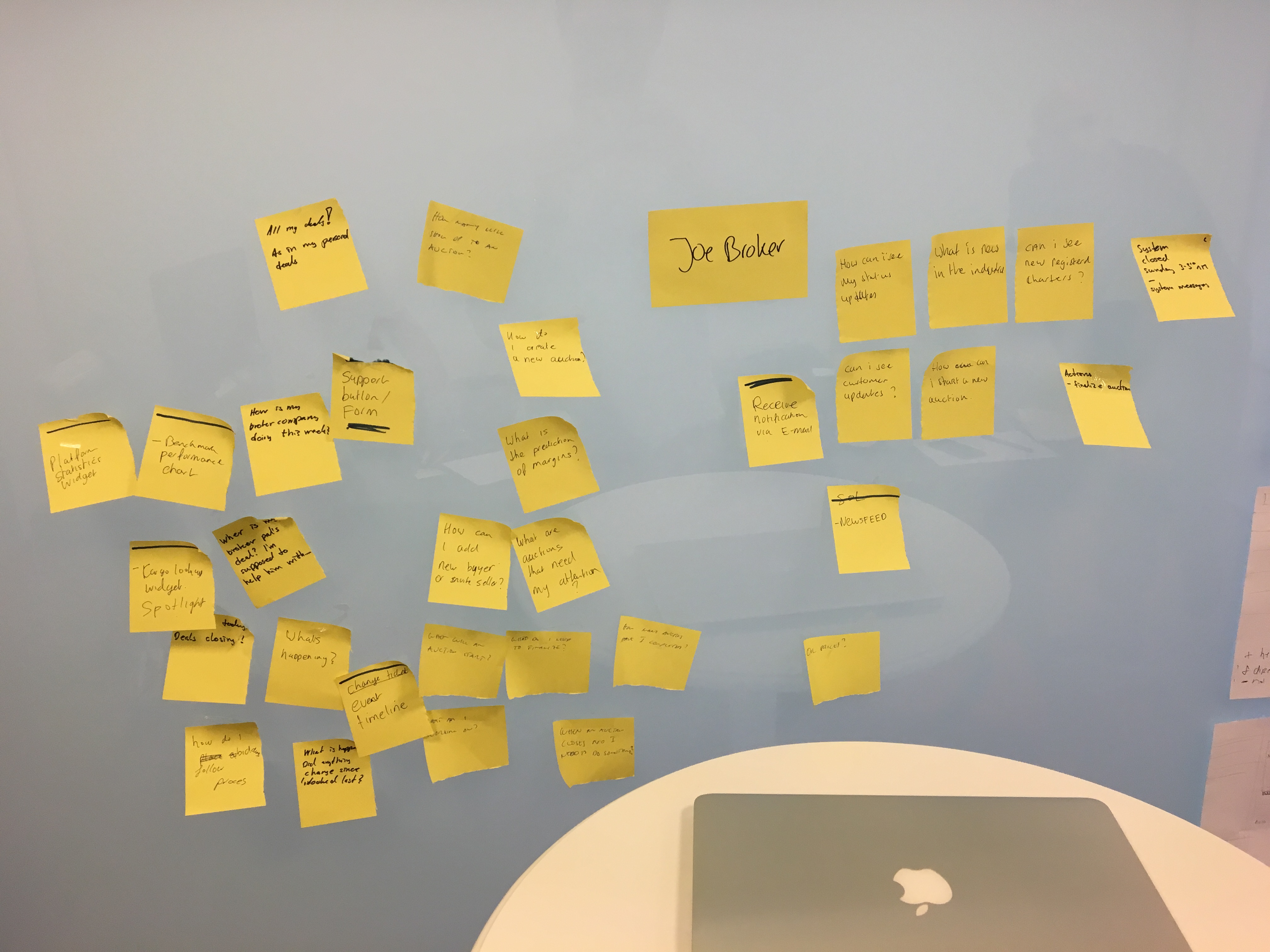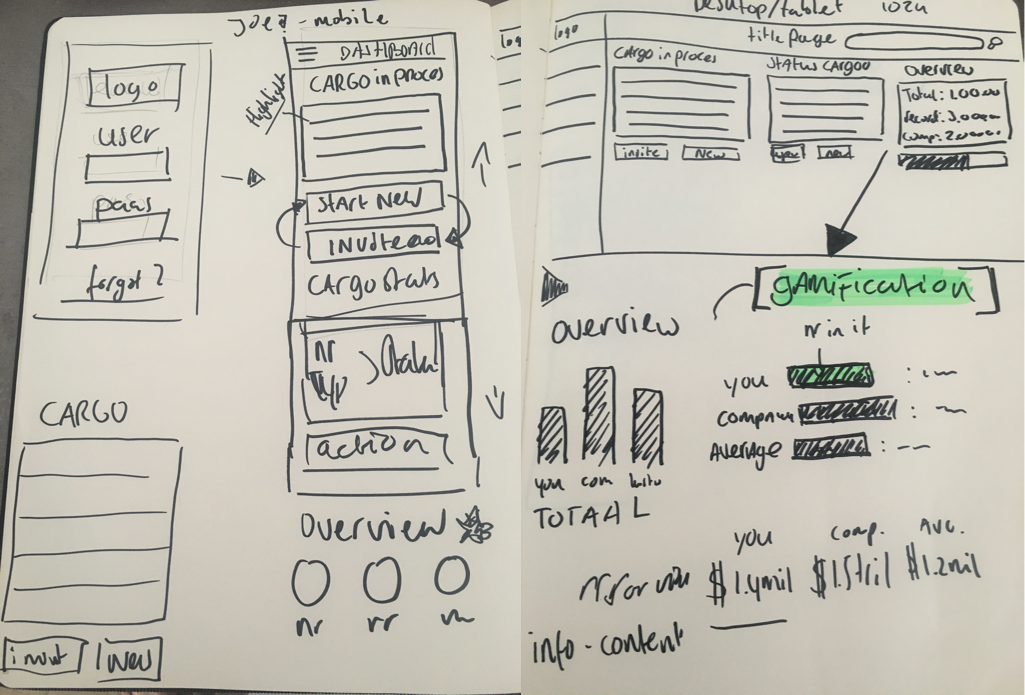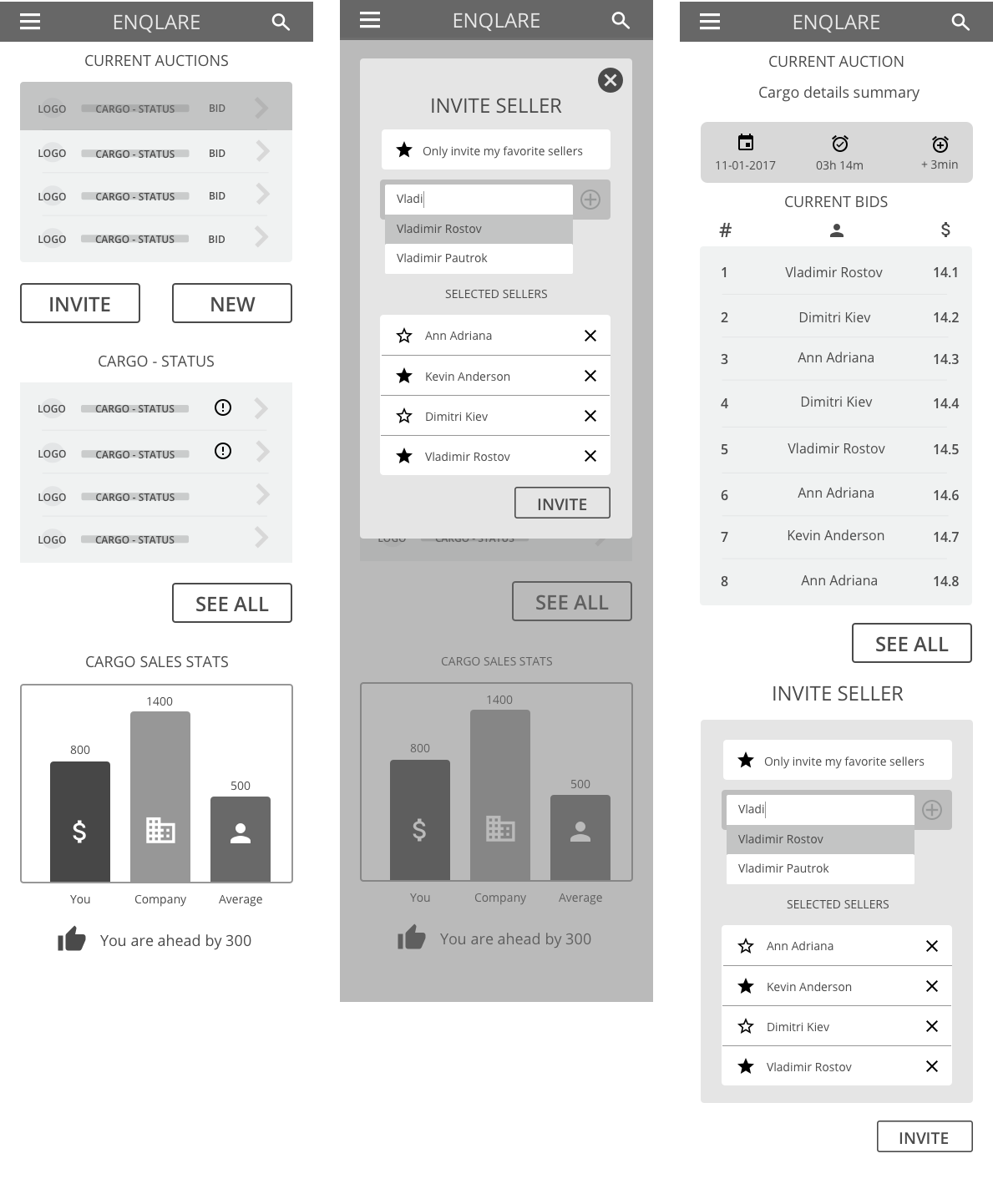Introduction
Maritime transport is essential to the world's economy and over 90% of the world's trade is carried by sea. About 10 billion tons of goods are shipped each year by the >$100 billion maritime transport industry. The global fleet involved in international trade amounts to 50,000 ships in various sizes and categories. The most common type of vessels is Bulk-carriers (dry products such as iron ore, grain, and coal) followed by Tankers (wet products such as oil and fuel products). To facilitate trading, Ship-brokers intermediate in an estimated 90% of all Bulk-carrier freight transactions. Vast resources are spent on manual structuring and filtering of information and it is common for market participants to receive up to 5000 emails per day displaying trading opportunities. Bulk-carrier freight and its neighboring Tanker market are both very large industries in their very early days of digitalization. Several of the key trends within the Bulk-carrier shipping market supports the adaptation of Enqlare’s solution offering.




